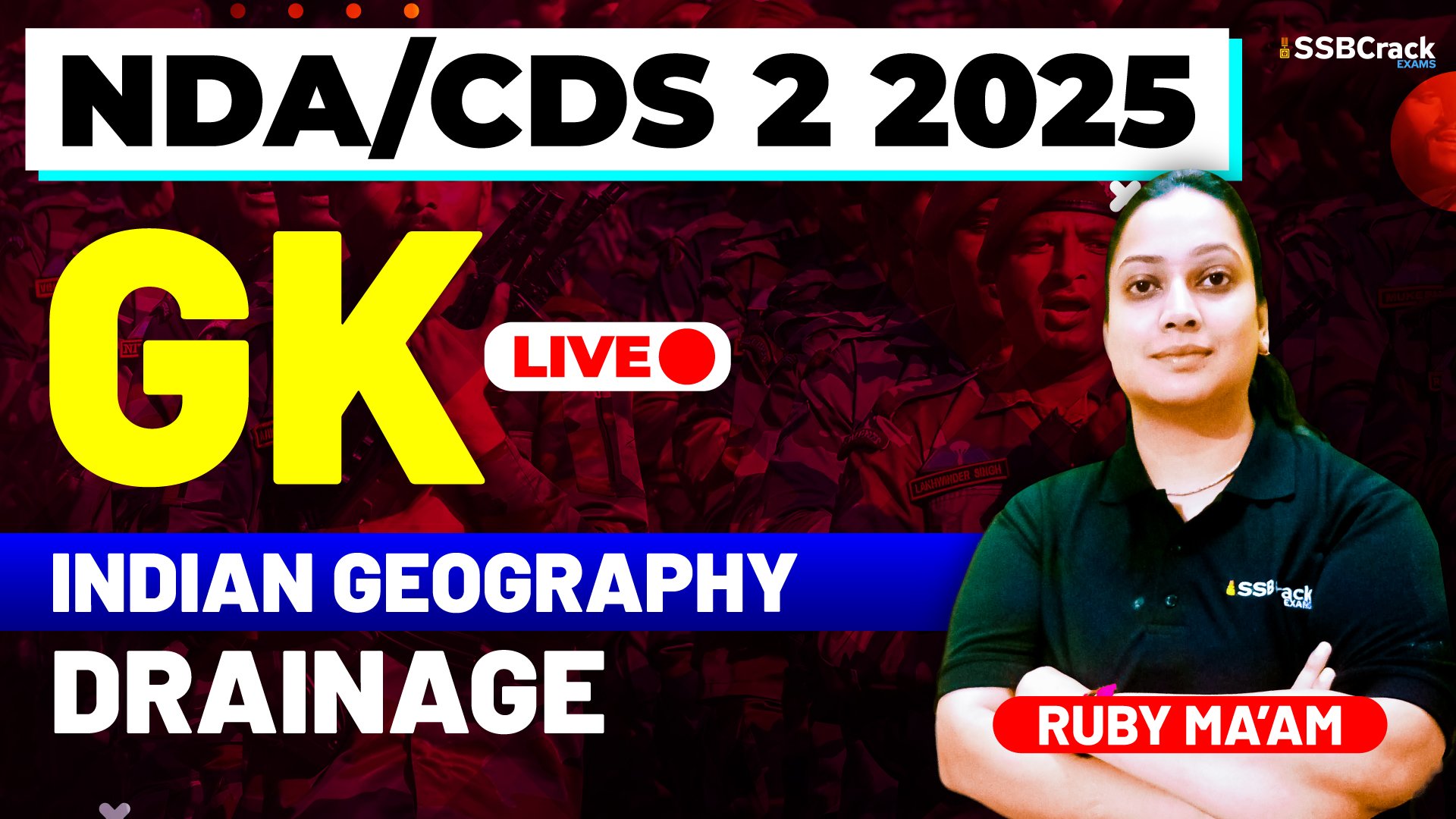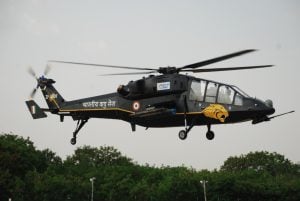For NDA (National Defence Academy) and CDS (Combined Defence Services) aspirants, mastering the Indian Geography syllabus is crucial for success in both written examinations and SSB interviews. One of the most significant yet often underappreciated topics in physical geography is India’s drainage system. A strong understanding of this subject not only enhances conceptual clarity but also aids in scoring high in the General Knowledge section.
🌊 What is the Drainage System?
The drainage system refers to the network of rivers, streams, and lakes that drain the landmass of India into seas and oceans. It plays a vital role in shaping the geography, agriculture, and economy of the country.
India’s drainage system is primarily classified into:
- Himalayan Rivers
- Peninsular Rivers
🌍 Why is the Drainage System Important for NDA & CDS Exams?
1. Frequently Asked in Exams
The UPSC includes several direct and indirect questions from this topic in both NDA and CDS exams. Questions can be:
- Source and tributaries of rivers
- River origin and direction of flow
- River-disputes between states
- Dams, projects, and river basins
Example:
Q: The Ganga River originates from which glacier?
2. Interconnection with Other Topics
The drainage system connects well with other parts of geography such as:
- Agriculture (Irrigation and fertility of plains)
- Climatology (Rainfall patterns)
- Economic Geography (Hydroelectricity and river navigation)
- Environment (Floods, pollution, conservation efforts)
3. Strategic and Defence Relevance
Many military bases, border rivers, and strategic locations are situated along important rivers like the Indus, Brahmaputra, and Ganga. Knowledge of terrain and river basins is useful for SSB group discussions and military awareness.
🏞️ Key Points to Focus On
- Major Himalayan Rivers:
- Indus, Ganga, and Brahmaputra
- Their origin, tributaries (Yamuna, Ghaghara, Gandak, etc.), and the states they flow through.
- Major Peninsular Rivers:
- Godavari, Krishna, Cauvery, Mahanadi, Narmada, and Tapi
- East-flowing vs. west-flowing rivers and their significance
- River Projects and Dams:
- Bhakra Nangal, Sardar Sarovar, Tehri, Hirakud, Nagarjuna Sagar
- River Disputes:
- Cauvery dispute (Karnataka vs Tamil Nadu)
- Ravi-Beas issue (Punjab vs Haryana)
- Drainage Patterns:
- Dendritic, Radial, Trellis – often asked in objective questions.
📚 Preparation Tips for Aspirants
- Study from NCERT Geography (Class 9–12) – concise and exam-oriented.
- Refer to Atlas to mark and revise river systems visually.
- Practice MCQs and previous year papers regularly.
- Make short notes with diagrams of river systems and drainage patterns.
- Keep updated on river-linking projects and environmental news.
📝 Final Thoughts
Understanding India’s drainage system provides aspirants with a multidimensional view of geography, from natural landscapes to socio-economic development. For NDA/CDS candidates, it is not just about memorizing rivers, but about appreciating their role in India’s culture, politics, environment, and defense. So, dive deep into the topic – it flows into many areas of your exam preparation!



















